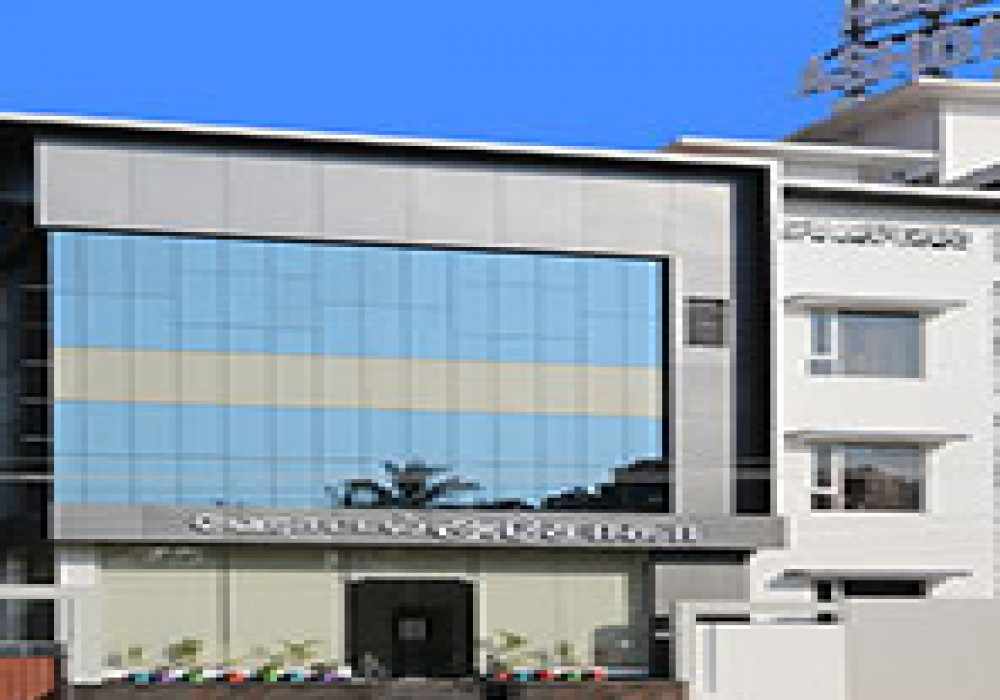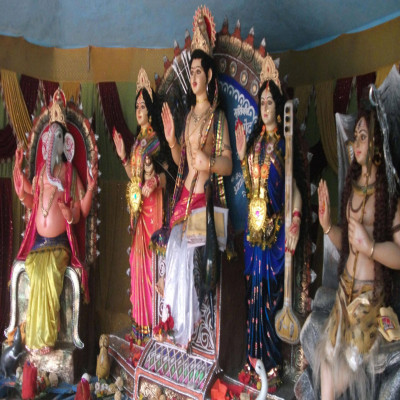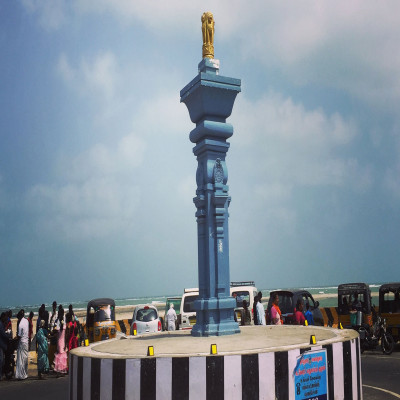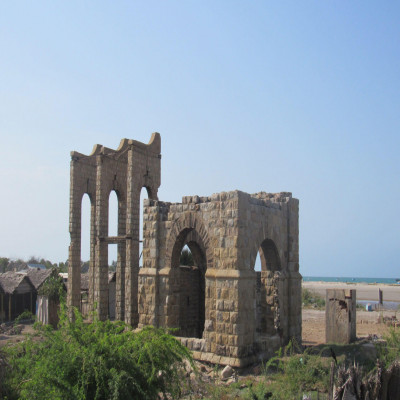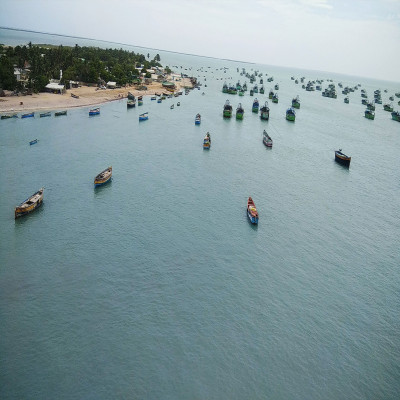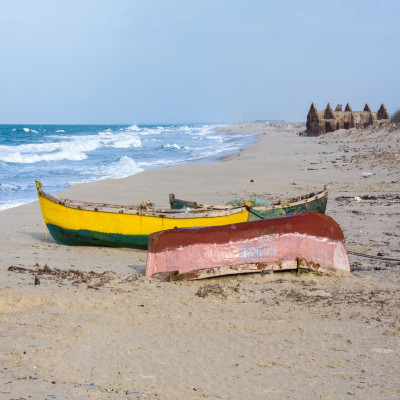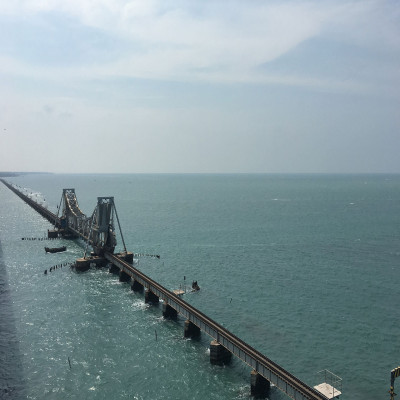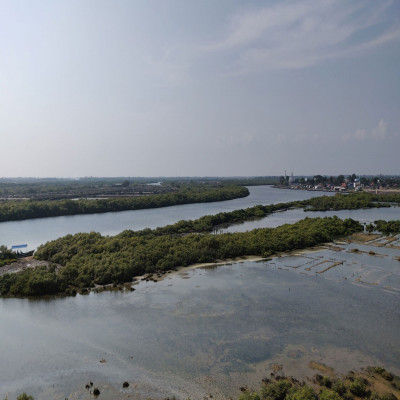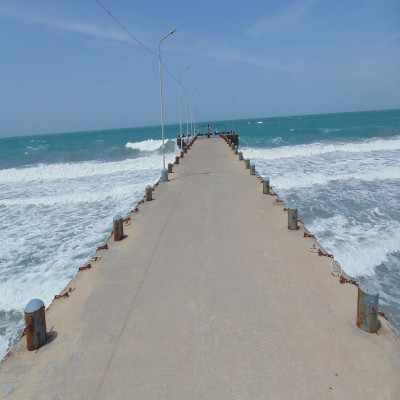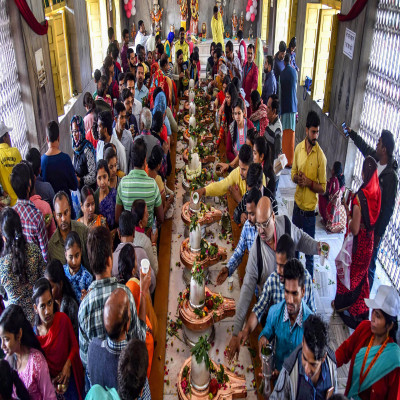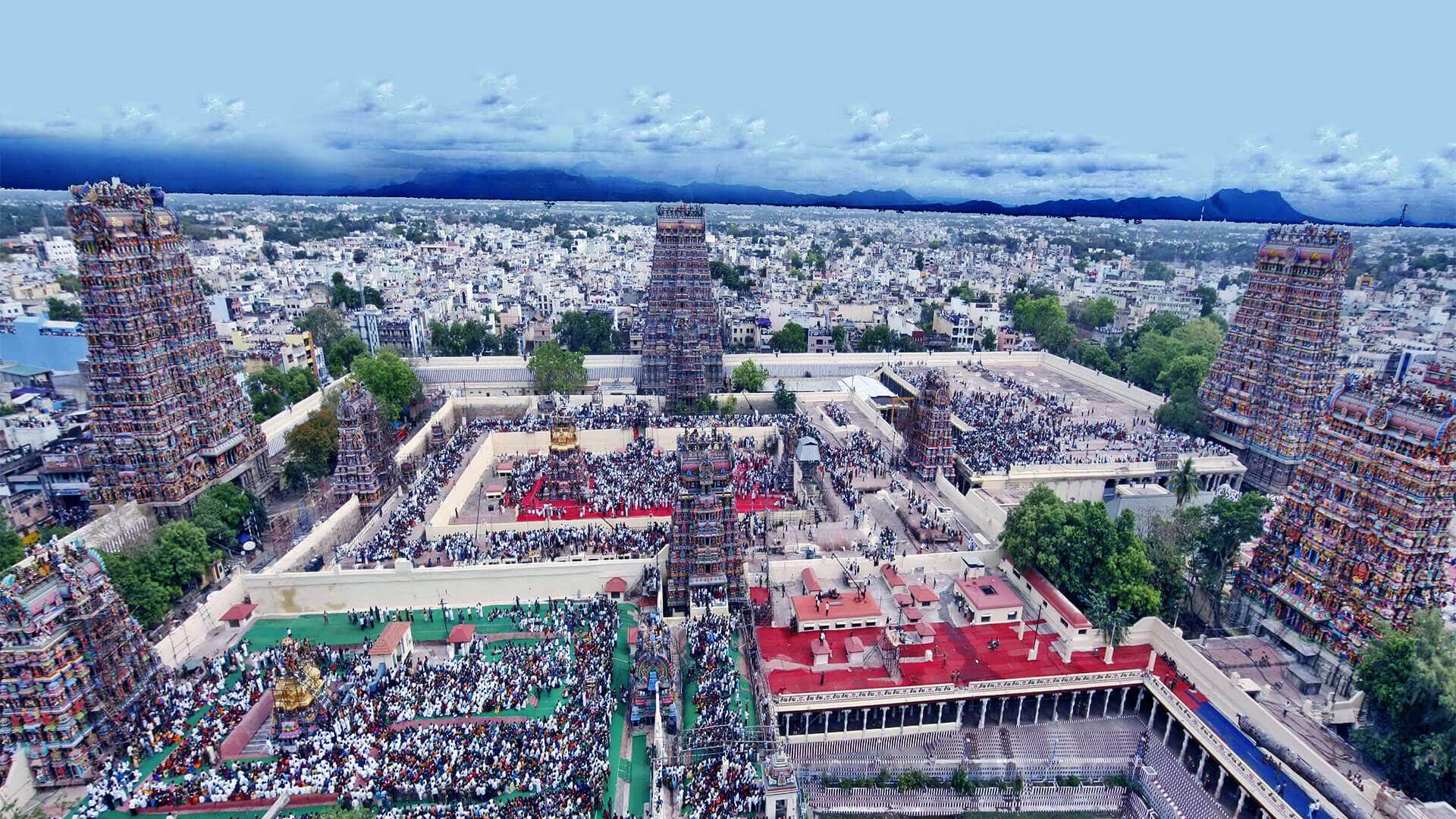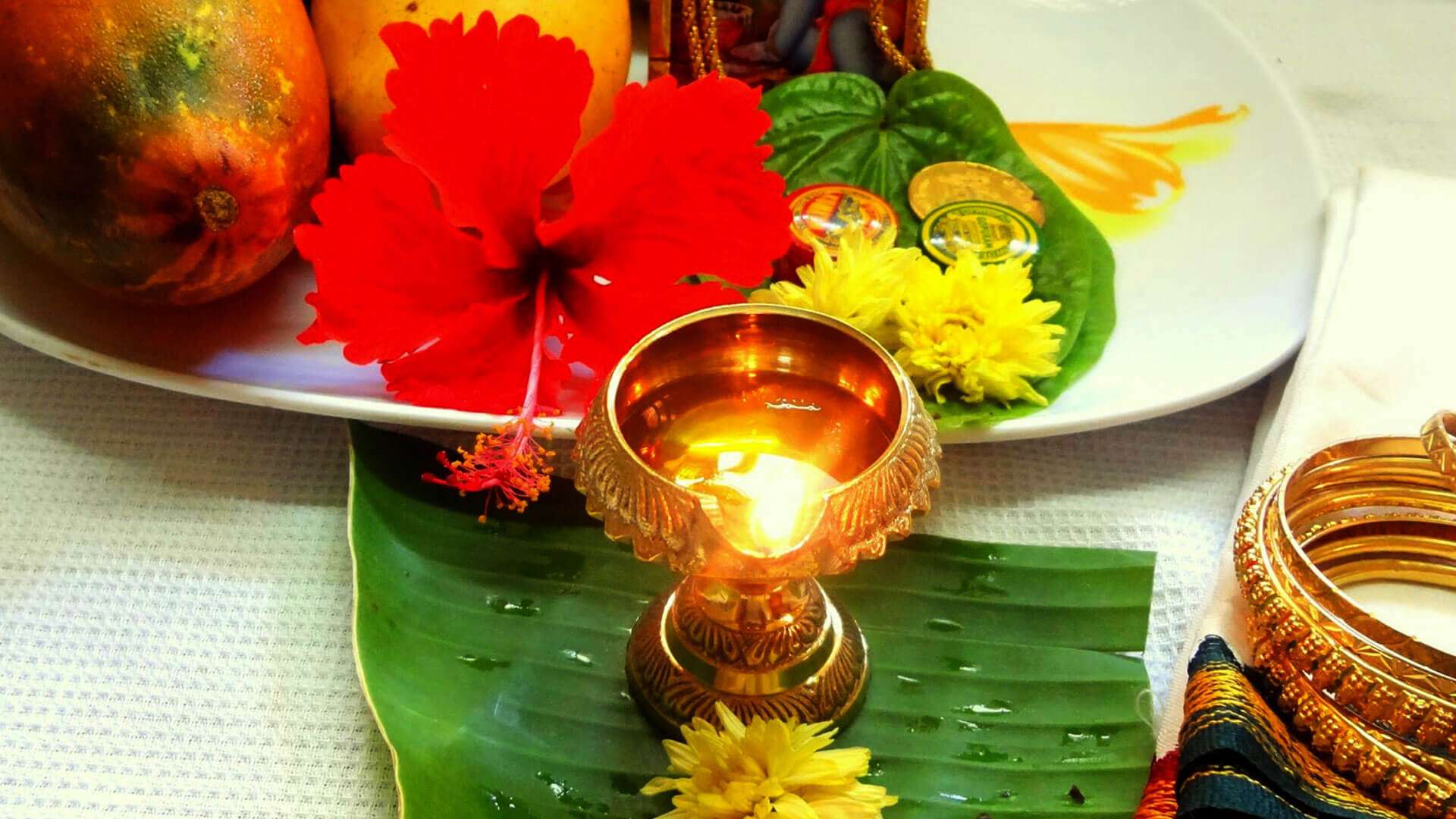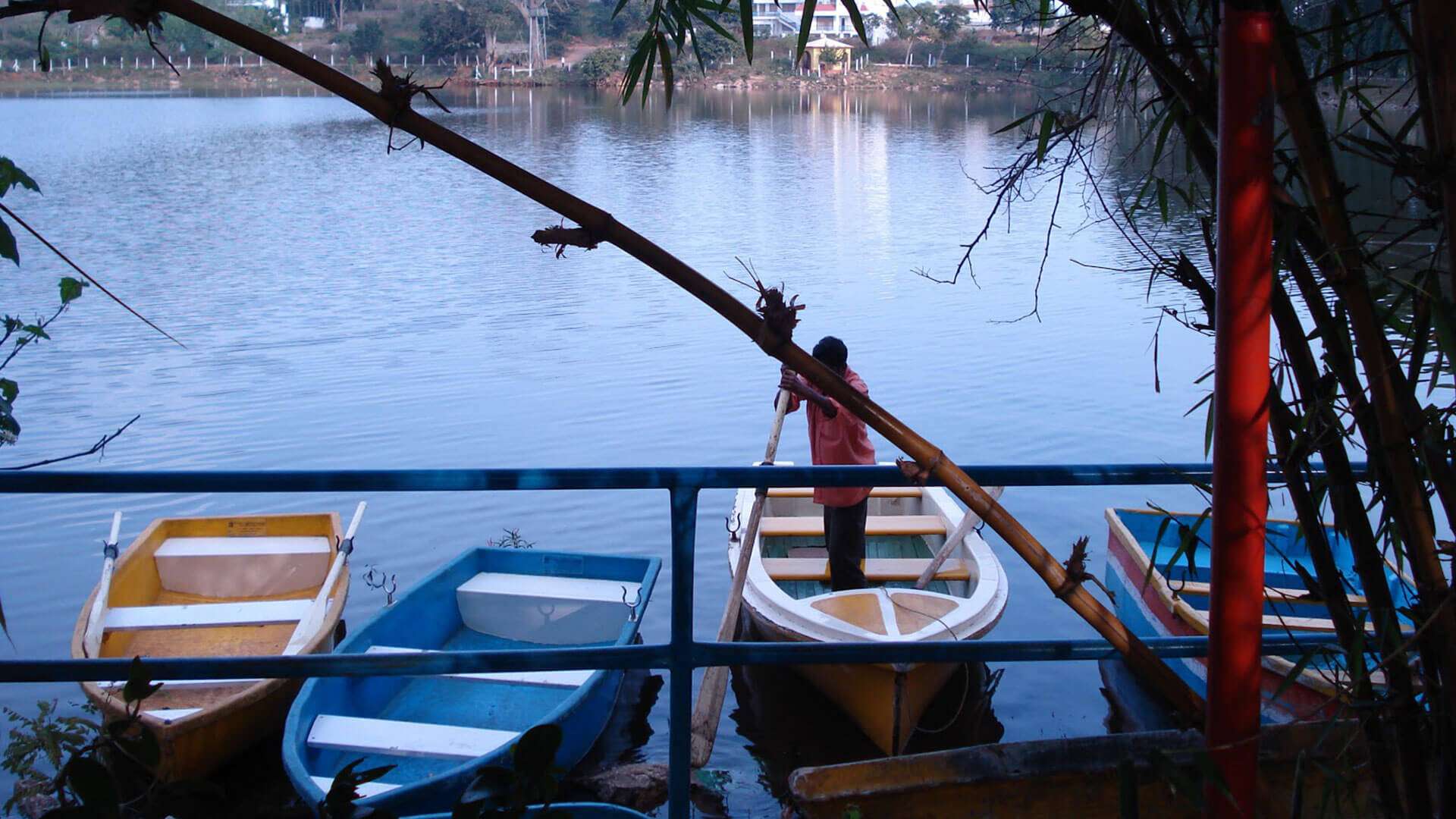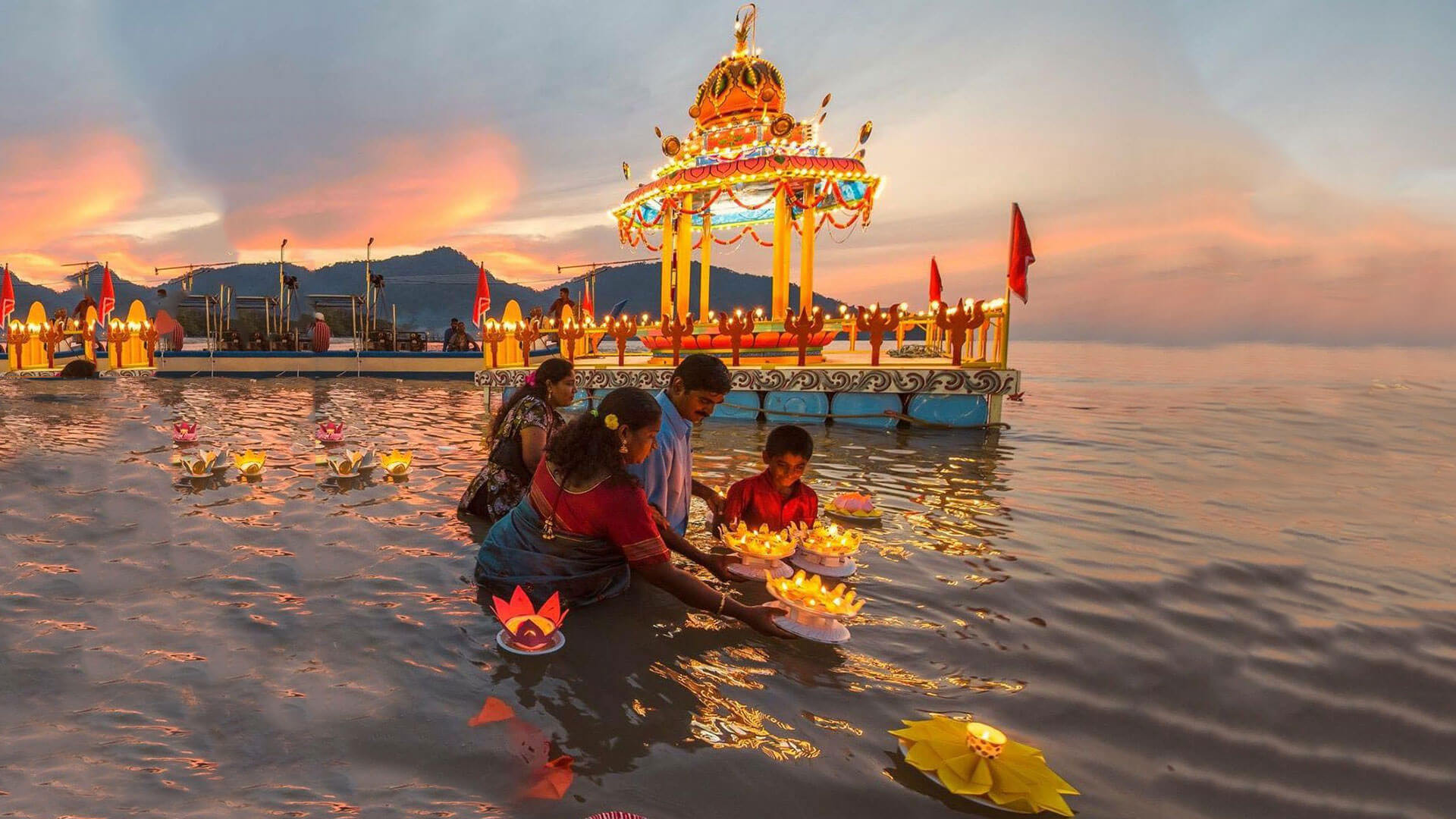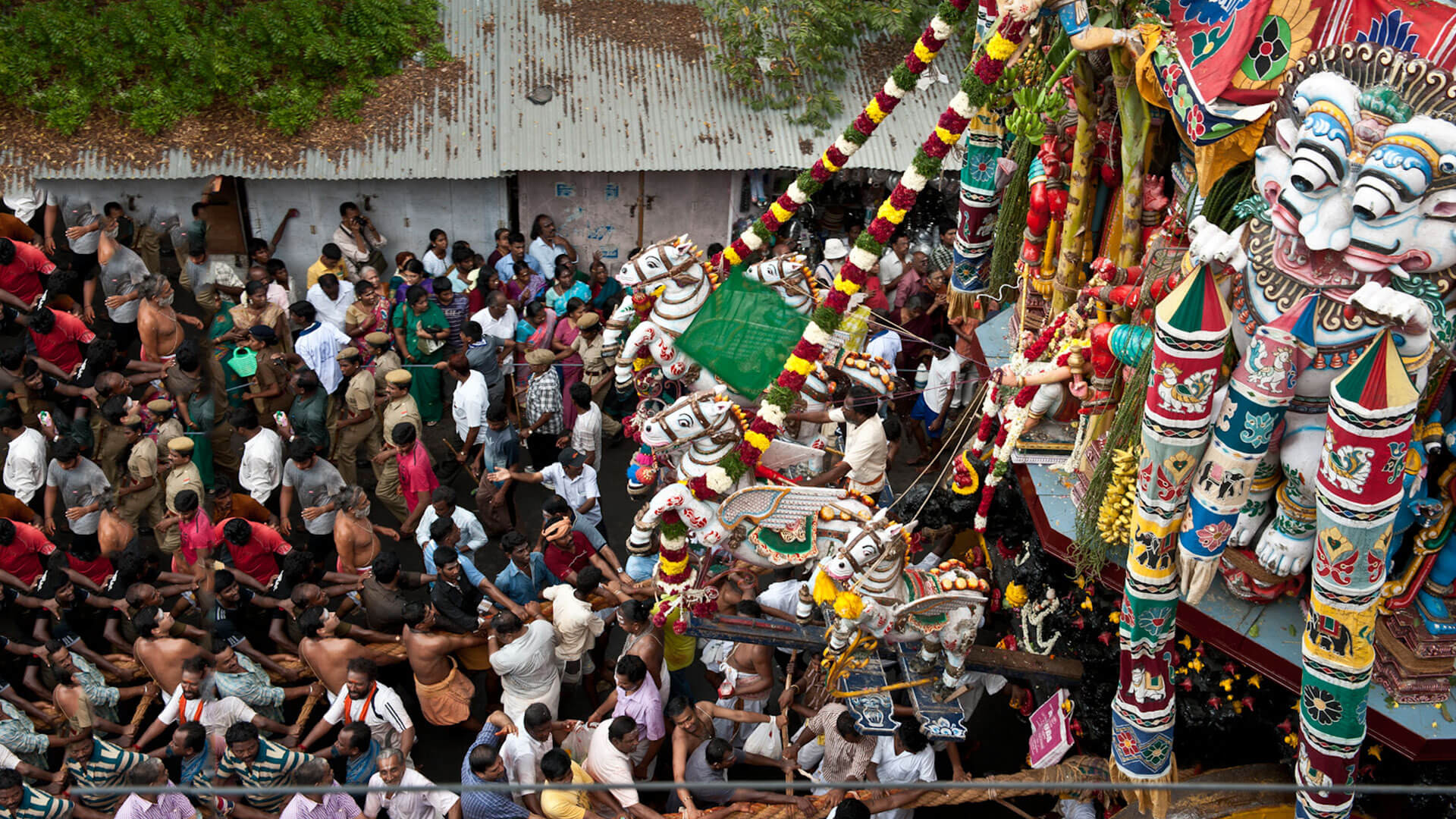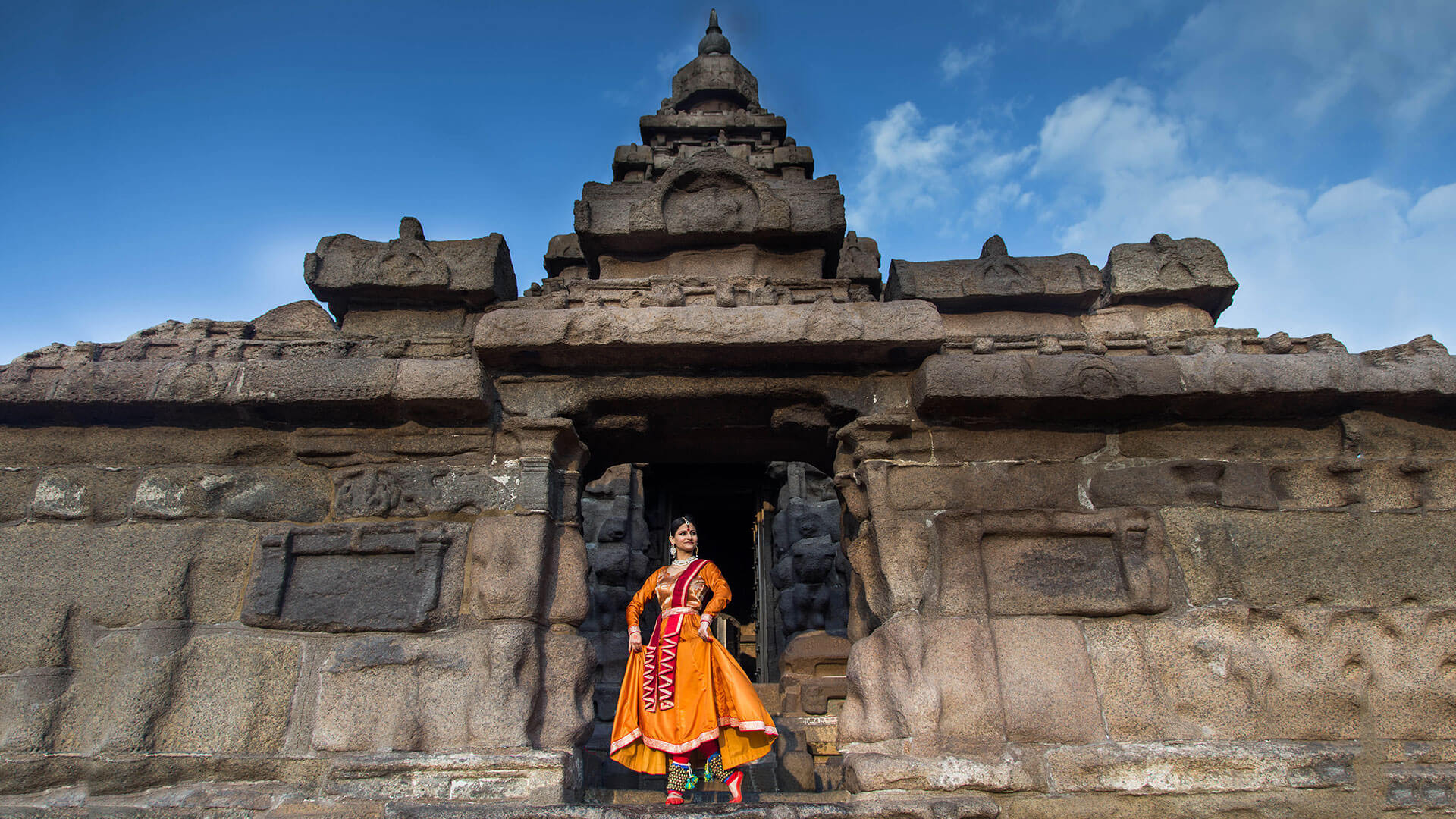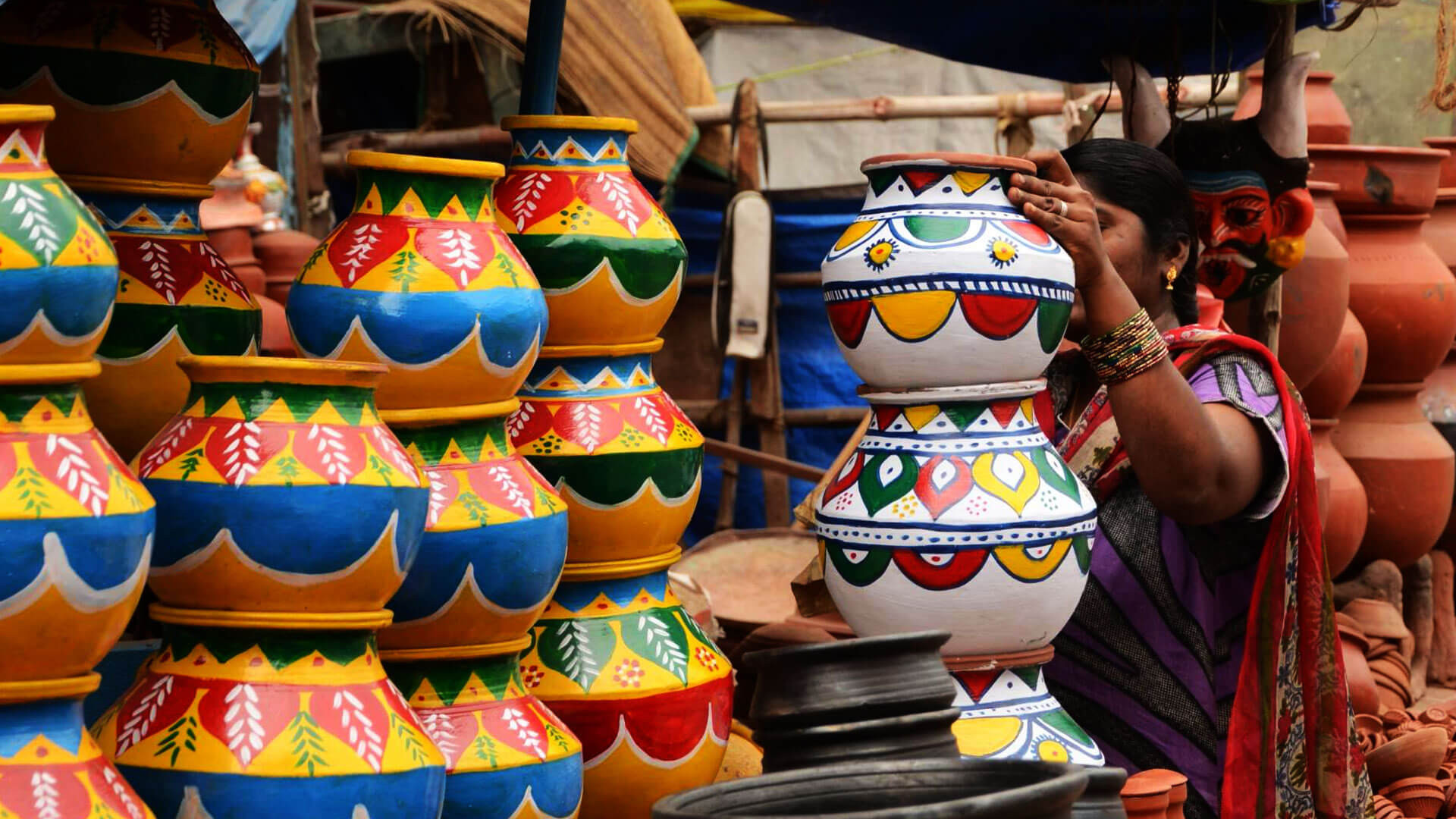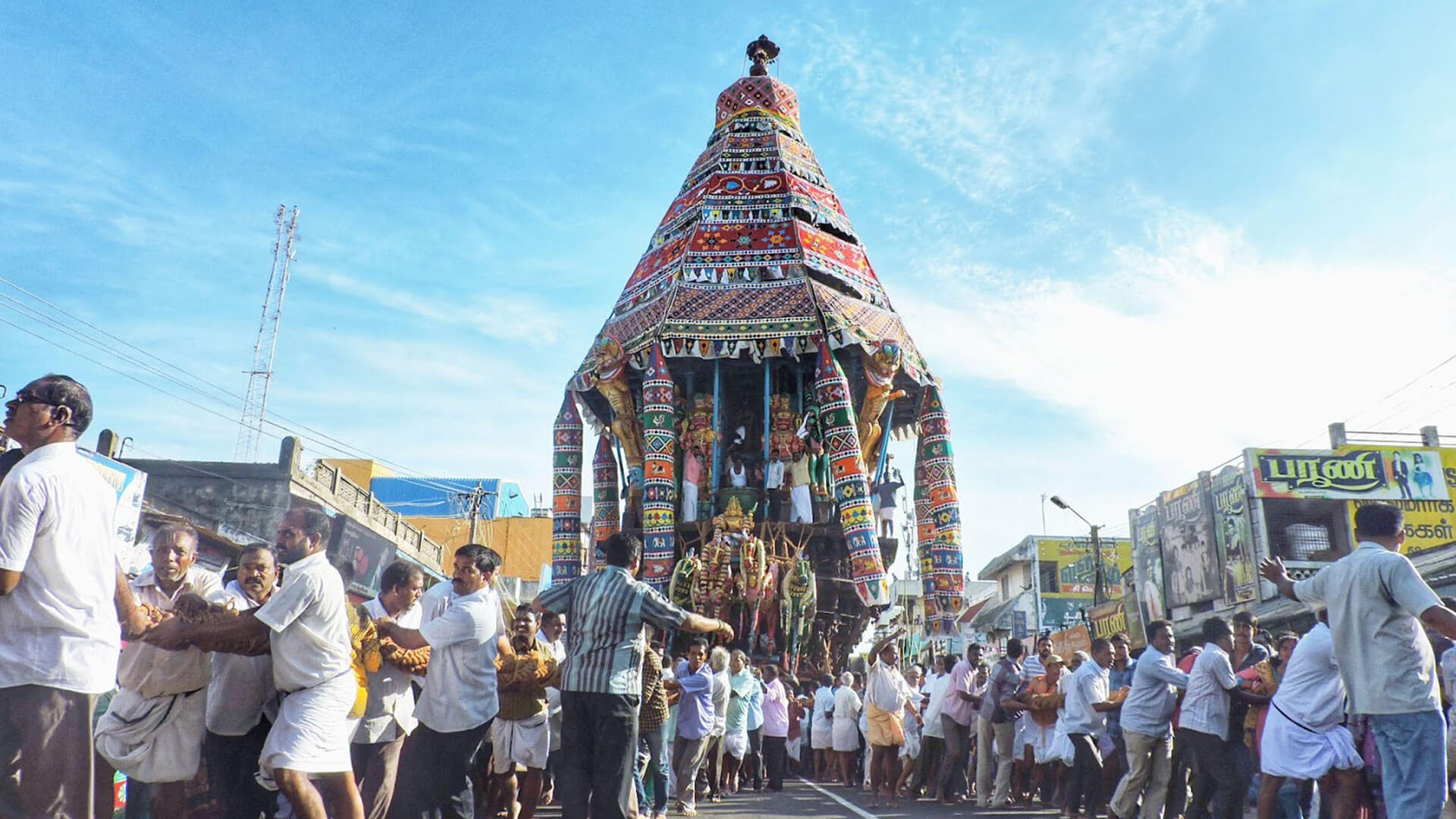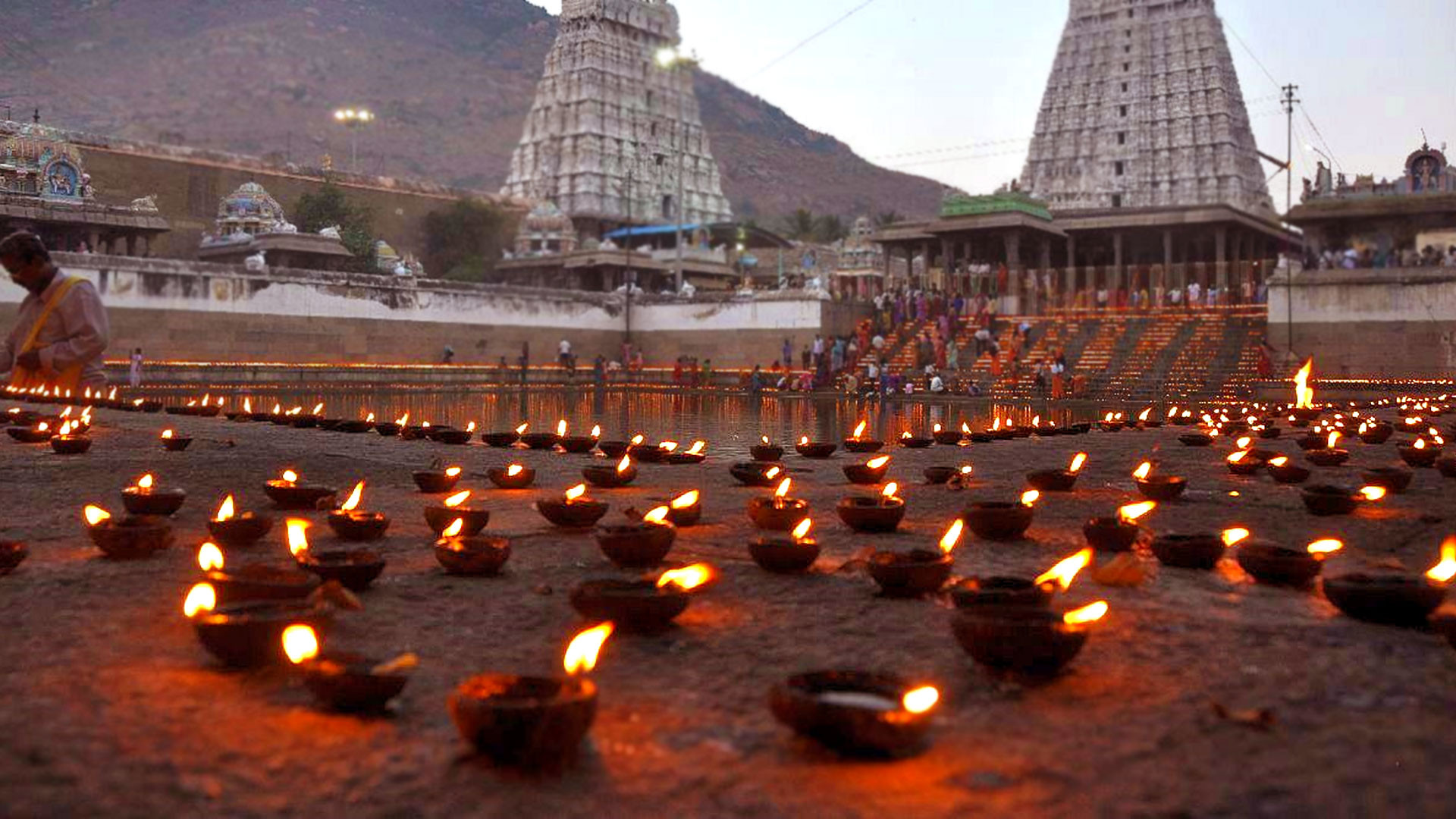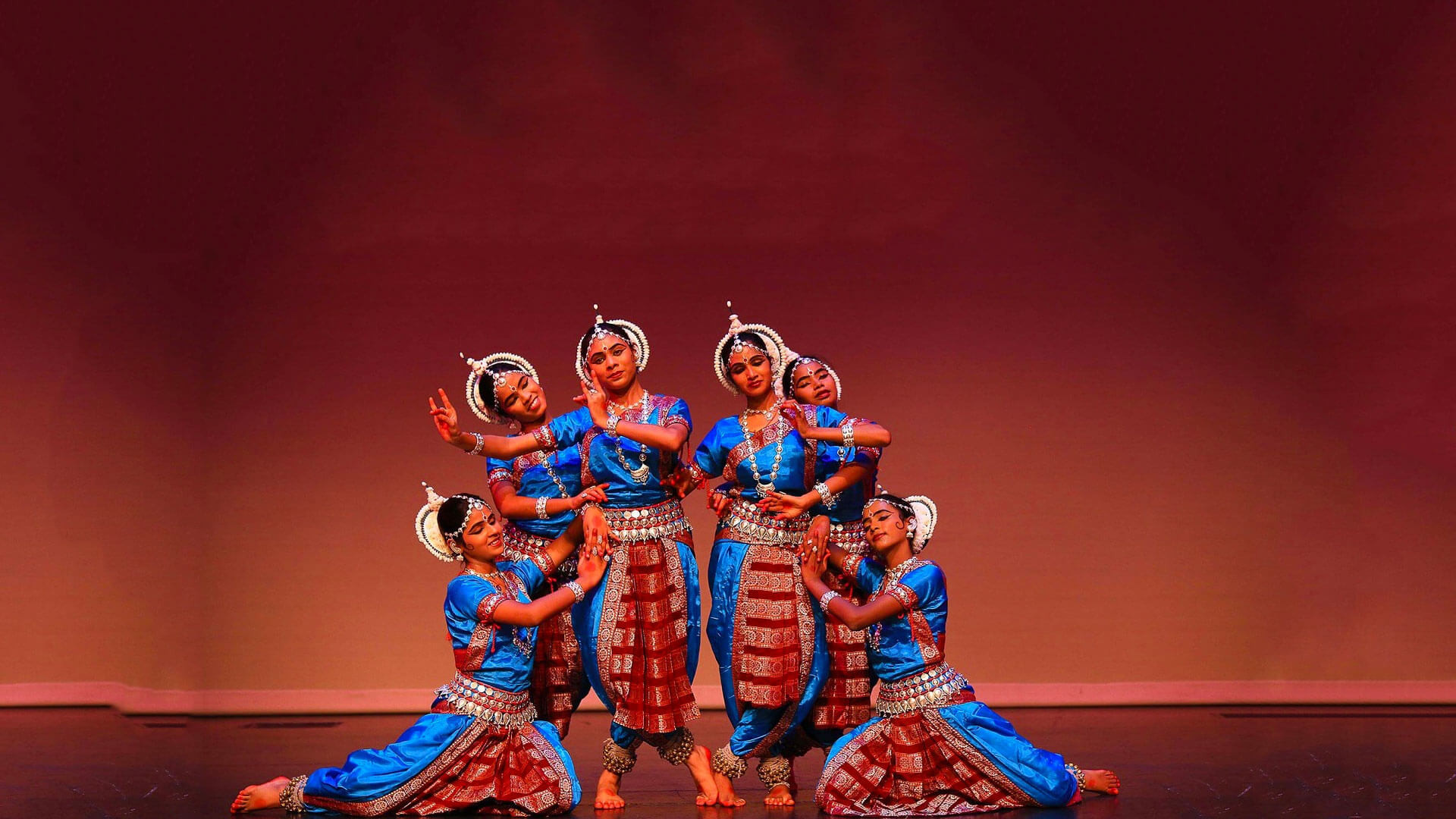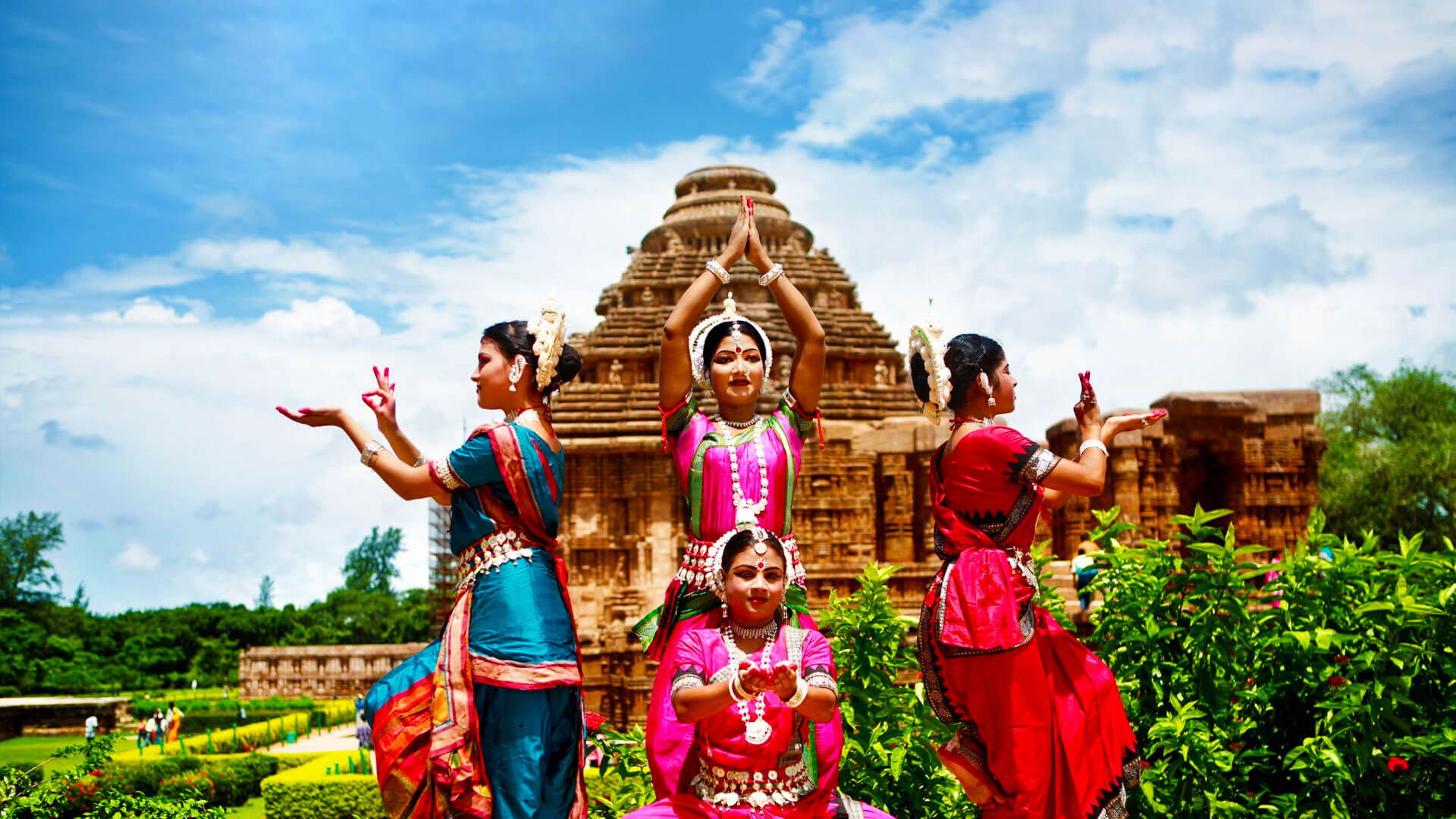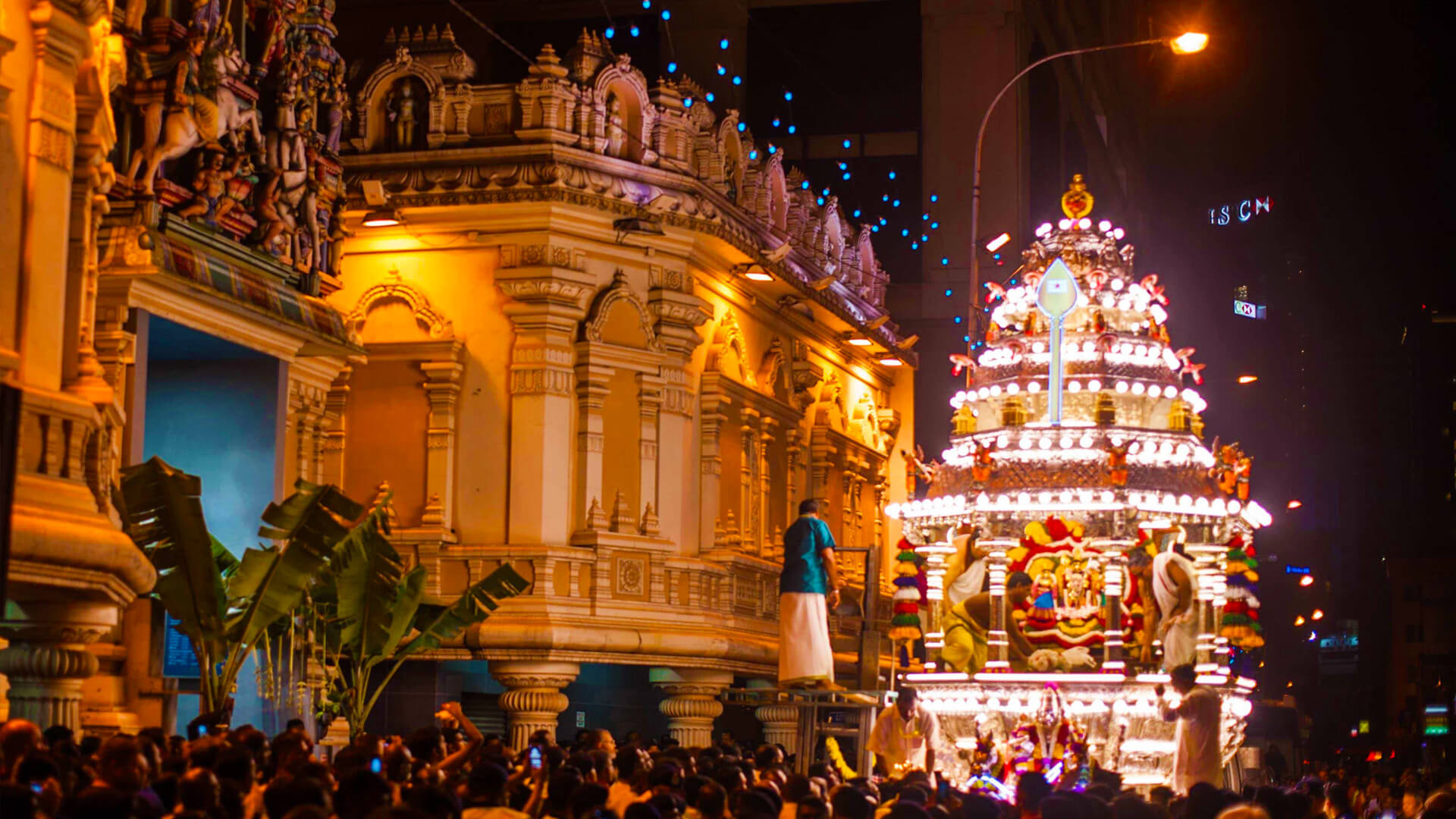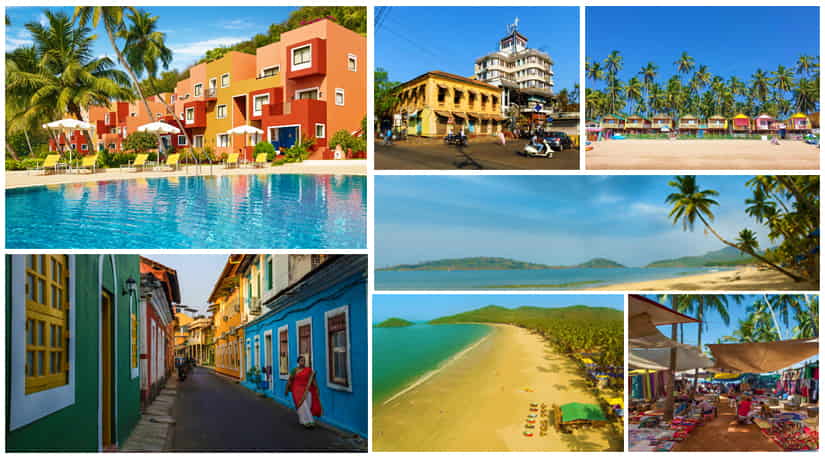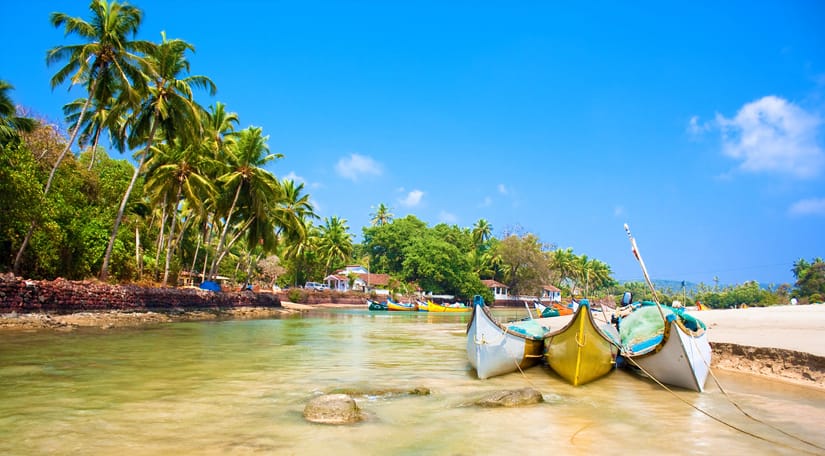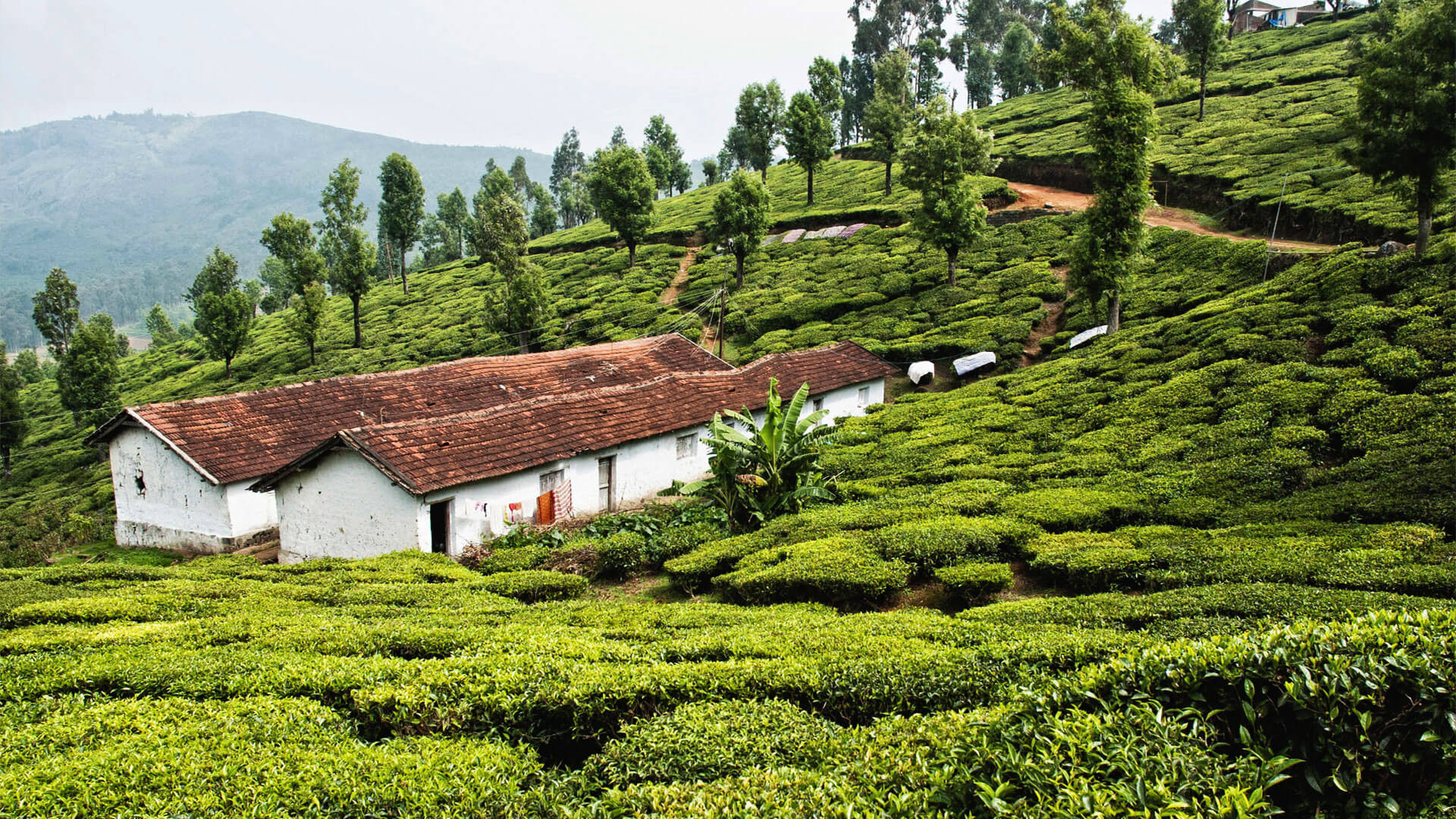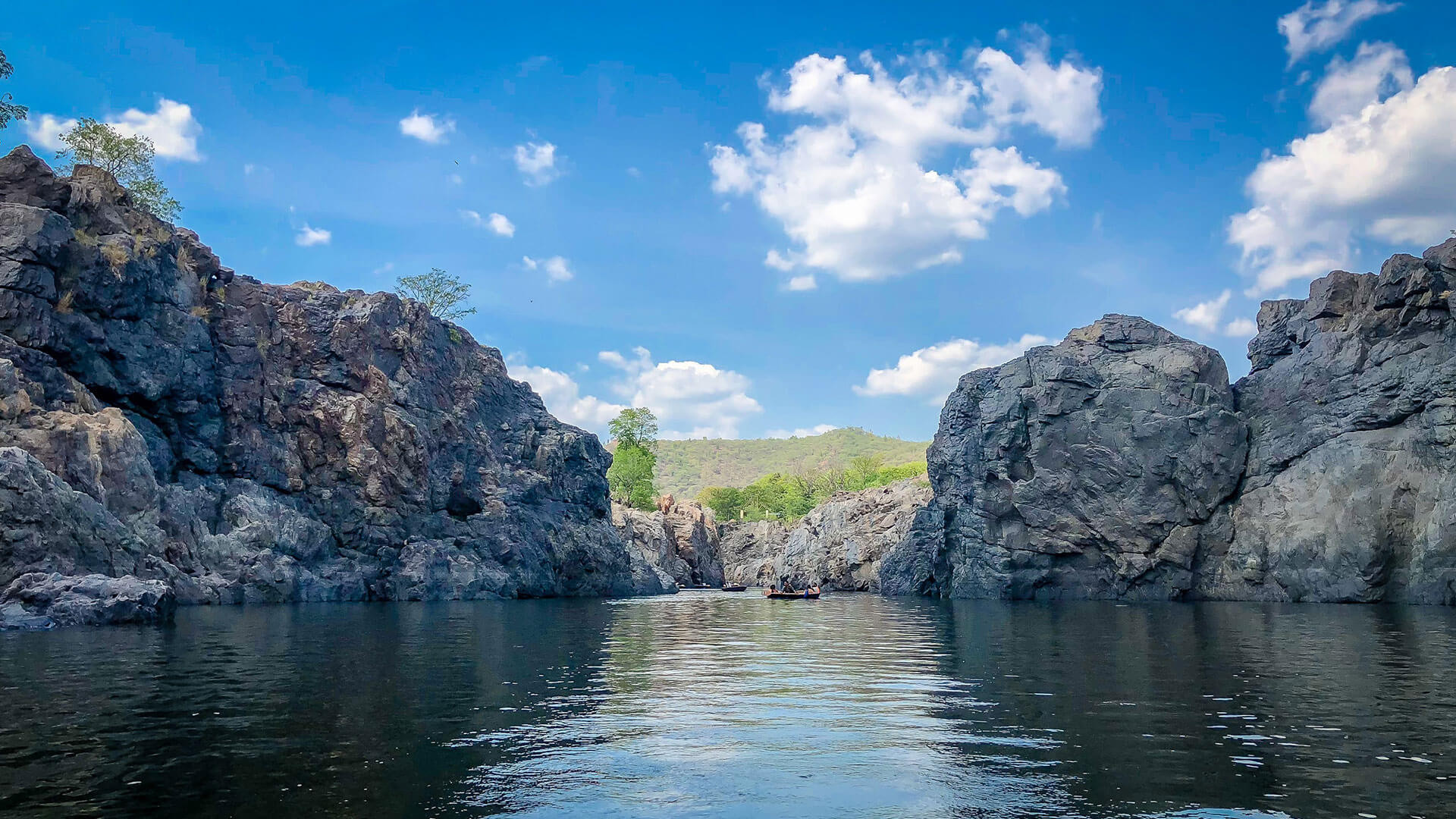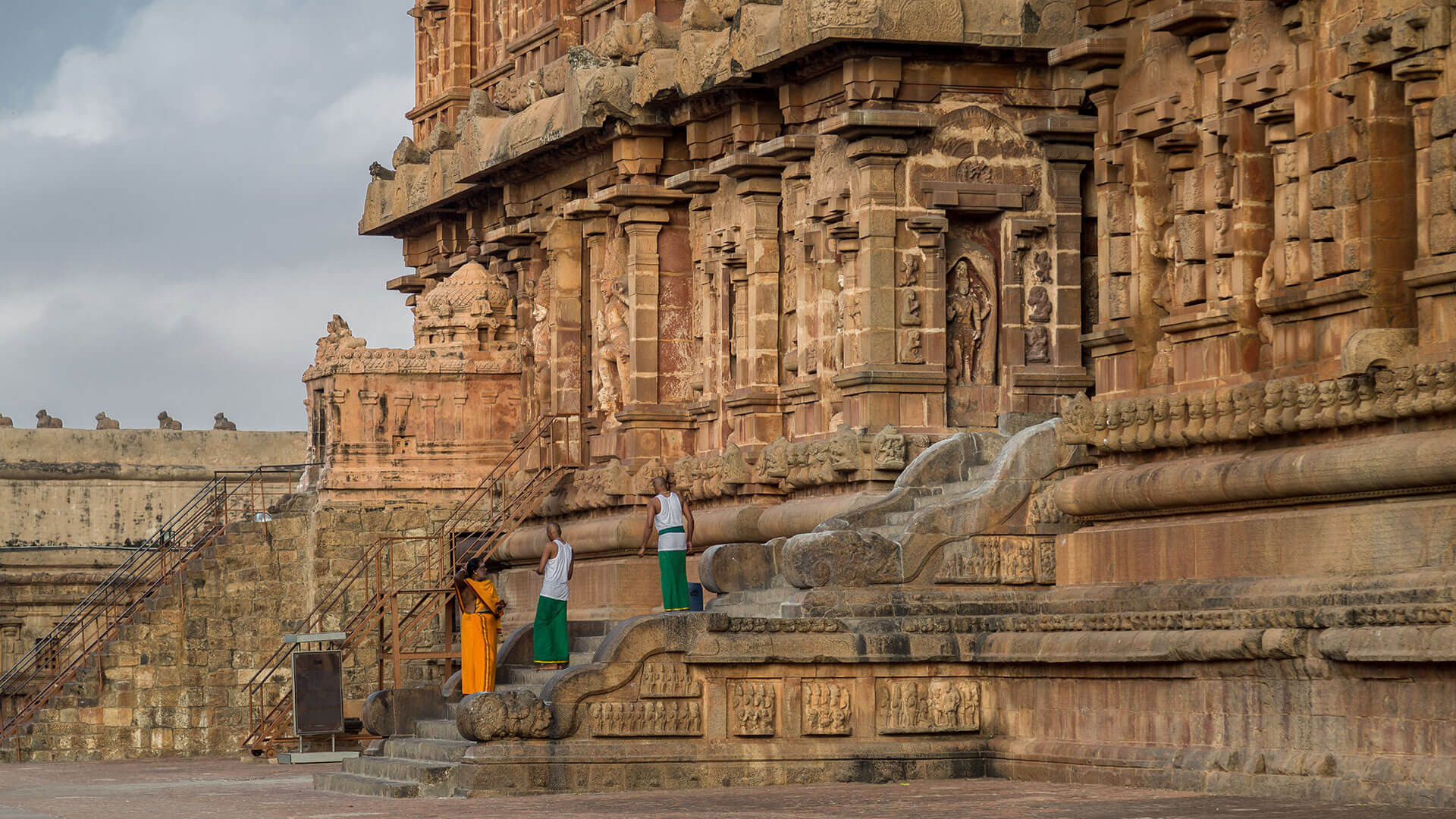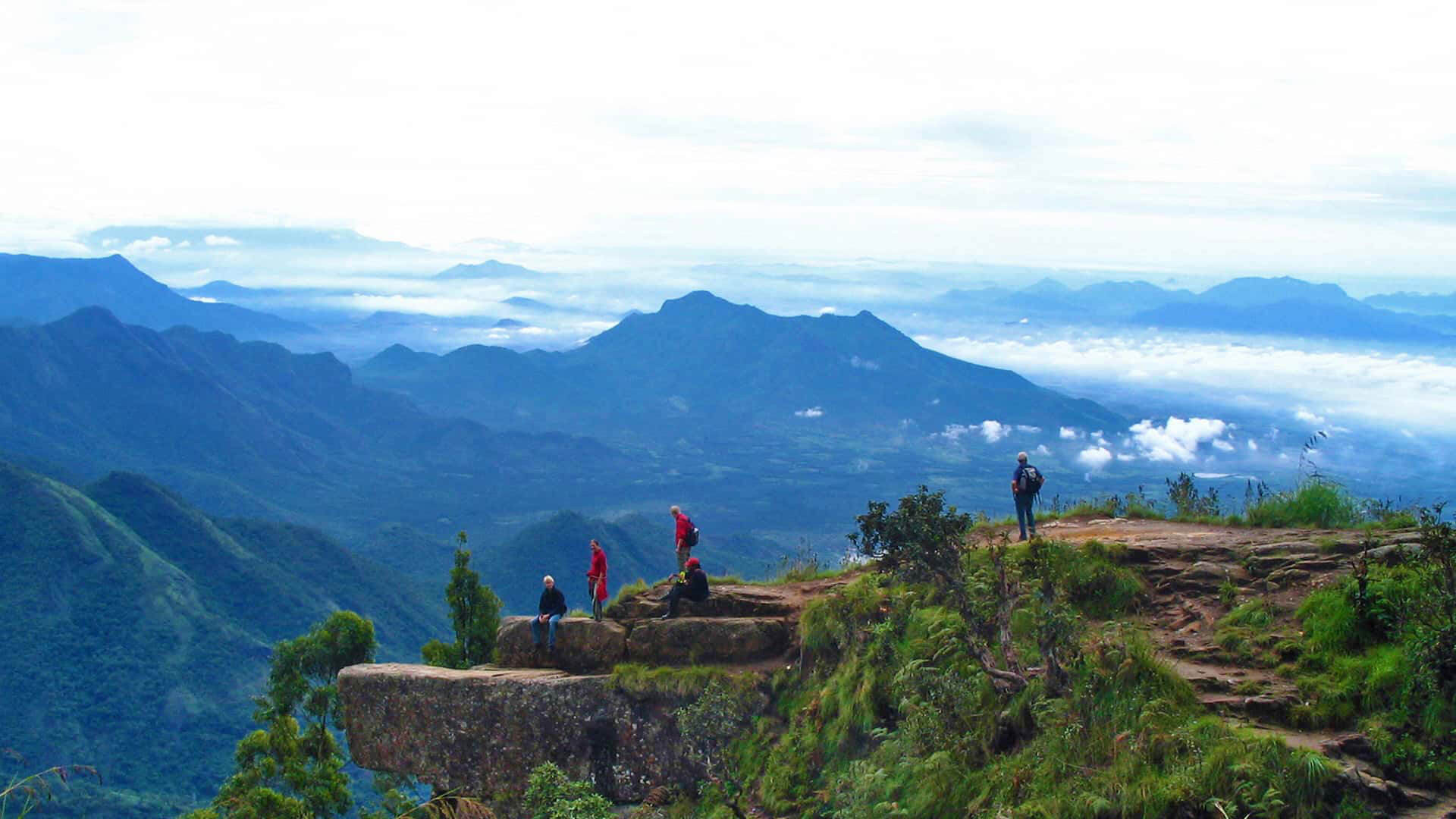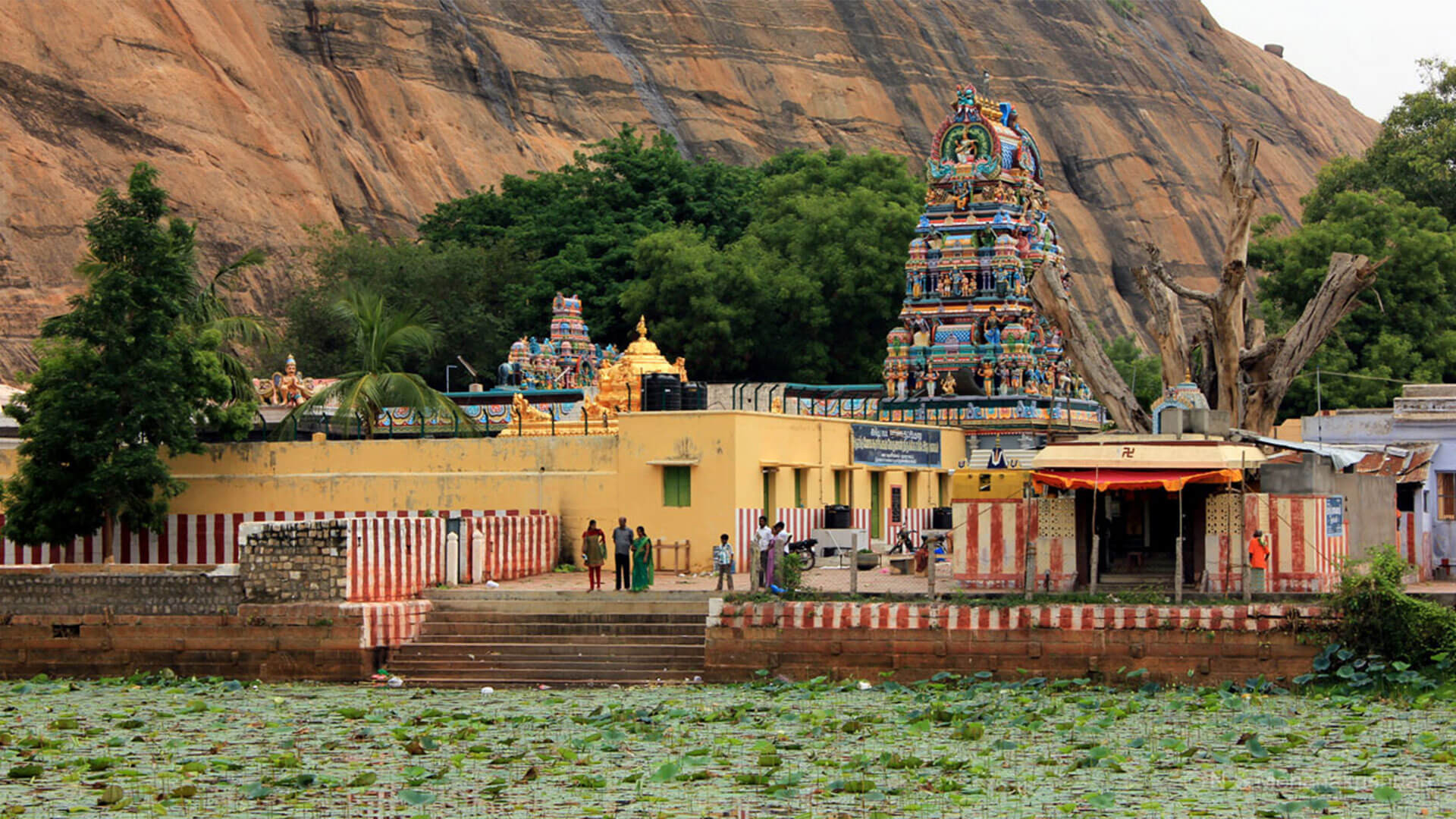"Some places stay in your heart long after you’ve left. Dhanushkodi is one of them."
Dhanushkodi can truly be called one of South India’s most overlooked natural wonders. Despite its sparse population due to challenging climatic and geographic conditions, it continues to attract tourists, photographers, and adventure seekers. The raw, untouched beauty of this ghost town leaves a lasting impression.
Perched on the tip of Pamban Island and separated by the Palk Strait, Dhanushkodi holds a rare distinction. It shares a 45-metre-long land border with Sri Lanka, one of the shortest borders in the world. Dhanushkodi is famous for its hauntingly beautiful ruins, panoramic ocean views, and the iconic Pamban Bridge that connects the island to mainland India.
If you’re looking for unique things to do in Dhanushkodi, expect a journey into legends, forgotten towns, and seascapes that shift with every breeze.
History of Dhanushkodi
It is intriguing to know that the name of this place translates into ‘end of the bow’. The bow mentioned here is of Lord Rama himself. As the legends suggest, after Ravana the demon king kidnapped Goddess Sita, Lord Rama had to travel all the way to Lanka to save his beloved. And when he reached the end of the geographical boundaries he came across the giant ocean. So, to cross it a bridge was needed to be constructed. And in this process of making this bridge, Lord Rama earmarked this very spot as the place from where the construction of the bridge would begin. He used his bow to mark the place and that is how the name of this place came into being.
Modern History of Dhanushkodi
Around five decades ago, this place was quite a busy town located along South India’s coast having all the necessities like a railway station, police station, etc. Everything was going perfectly until the day when a massive storm engulfed the whole region. The day was December 21, 1964. The tides had gone as high as 20 feet and left nothing but destruction and ruins. After this catastrophic event, the government declared this place to be uninhabitable. And now in the current timeline, only a few people live here. However, it continues to be a place that has time and again proven to be a great destination for travelers and history and mythology lovers.
Places To Visit In Dhankushkodi in 2025
1. Dhanushkodi Beach
Dhanushkodi Beach is a peaceful stretch where the Bay of Bengal and the Indian Ocean appear to meet. The merging waves create a magical illusion that attracts nature lovers, photographers, and seekers of solitude. The beach is clean, serene, and ideal for a quiet time amidst raw nature. The wide, open view of the sea under the clear sky adds to its charm.
Things to do:
- Capture the merging of two seas
- Stroll along the calm shoreline
- Watch sunrise or sunset
- Enjoy light local snacks sold nearby
2. Arichal Munai (Land's End)
This is the last accessible point on the southeastern tip of India. Arichal Munai offers a vast ocean view with no land visible ahead, giving it the nickname “Land’s End.” The untouched coastline and panoramic views make it an ideal spot for introspection, photography, and nature observation. It’s also one of the best places to witness a peaceful sunrise.
Things to do:
- Watch the sunrise over the ocean
- Take panoramic sea view photos
- Walk to the edge and feel the sea breeze
- Capture time-lapse videos of waves
3. Ruins of the Old Church
Once a functional Catholic church, this structure now stands roofless, surrounded by sand and silence. Damaged in the 1964 cyclone, it remains a solemn yet beautiful symbol of the town’s tragic history. The exposed stone walls and rustic charm attract both history buffs and photographers, making it a must-visit stop in Dhanushkodi.
Things to do:
- Photograph the ruins with dramatic lighting
- Explore surrounding cyclone-hit remnants
- Learn local legends and stories from vendors
- Use it as a backdrop for travel reels or vlogs
4. Ruined Dhanushkodi Railway Station
The abandoned railway station of Dhanushkodi once welcomed passengers to a bustling town. Today, it stands in ruins, a silent witness to the cyclone that wiped out the town in 1964. With sand covering its tracks and buildings, the station offers a powerful contrast between the past and present.
Things to do:
- Walk through the station’s remains
- Read information boards and local stories
- Take hauntingly beautiful photos
- Imagine the pre-cyclone era through old photos
5. Ram Setu View Point (Adam’s Bridge View Point)
This viewpoint offers a chance to see the origin point of the legendary Ram Setu or Adam’s Bridge. Believed to have been built by Lord Rama’s army to reach Lanka, this chain of limestone shoals is a mix of faith, mythology, and science. The area is peaceful and spiritually charged, attracting pilgrims and explorers alike.
Things to do:
- Spot the first visible stretch of Ram Setu
- Capture wide-angle shots of the sea
- Reflect on the Ramayana connection
- Visit during golden hours for clearer visibility
6. Kothandaramaswamy Temple (On the way to Dhanushkodi)
This ancient temple is dedicated to Lord Rama and is historically significant due to its connection with Vibhishana's surrender. It is one of the few structures that survived the 1964 cyclone. The temple’s peaceful setting and spiritual aura make it a rewarding stop en route to Dhanushkodi.
Things to do:
- Offer prayers or simply visit for the experience
- Observe the temple’s traditional architecture
- Learn the mythological importance
- Enjoy peaceful surroundings and breeze
7. Gulf of Mannar Marine National Park (Nearby)
Located close to Dhanushkodi, this marine park is a treasure trove for eco-tourism. It houses coral reefs, marine turtles, dugongs, dolphins, and many rare underwater species. The park comprises 21 small islands and offers activities that combine adventure with environmental awareness.
Things to do:
- Go on a guided boat tour
- Explore coral reefs through glass-bottom boats
- Learn about marine biodiversity at interpretation centres
- Spot marine wildlife during eco-trips
Best Time to Visit Dhanushkodi 2025
The ideal time to explore Dhanushkodi is during the winter months from October to March. The pleasant weather makes sightseeing comfortable and enjoyable. Avoid visiting during the monsoon season due to unpredictable weather conditions.
Travel Tips for Dhanushkodi 2025
- Start Early: Visit Dhanushkodi early in the morning to avoid heat and enjoy clear views, especially for sunrise and sightseeing.
- Private Vehicles Only: Public transport is not available to the tip of Dhanushkodi. Hire a private jeep or drive your own vehicle (entry allowed only during permitted hours).
- Check Weather Conditions: Avoid visiting during the monsoon season (June to September) as the area becomes risky due to high tides and poor visibility.
- Carry Essentials: Bring water, snacks, sunscreen, sunglasses, and a hat. There are limited shops or amenities in Dhanushkodi.
- No Night Stay: Overnight stays are not allowed in Dhanushkodi. Plan your return to Rameswaram by evening.
- Respect the Environment: It's a sensitive ecological zone. Avoid littering and respect local customs.
- Network May Be Weak: Mobile network can be patchy, so download maps or guides in advance if needed.
- Wear Comfortable Footwear: The area is sandy and uneven in parts; sports shoes or sturdy sandals are ideal.
How to Reach Dhanushkodi
The abandoned town of Dhanushkodi is situated in Tamil Nadu at an approximate distance of 2,803, 1,616, 2,291, 626 km from Delhi, Mumbai, Kolkata, and Bengaluru respectively. Here is how you can travel to Dhanushkodi by the following means of public transportation.
By Air
From Dhanushkodi, Madurai Airport (IXM) is the nearest airport sited at about 200 km. In terms of passenger activity and aircraft movement, it is considered the 32nd busiest airport in India. Apart from that, Tuticorin Airport (TCR) is another airport situated 200-220 km from Dhanushkodi. However, both of these airports are not very close thus it becomes somewhat a lethargic task to travel via flights. But still, you can get a flight from major cities to reach here. From the airport, you will need to cover the remaining distance by some means of local transportation like a cab or a bus.
Here is a list of Indian cities from where flights are available to Dhanushkodi
- Chennai to Madurai Flight
- Bangalore to Madurai Flight
- Mumbai to Madurai Flight
- Hyderabad to Madurai Flight
- Delhi to Madurai Flight
By Train
The nearest railway station is located at a distance of around 18 km in Rameswaram. So, it won’t be an issue for you to travel to this place via rail networks. It has good connectivity via Madurai, Coimbatore, Hyderabad, and other important cities. The journey will take you around 1 or 1-and-a-half days on average to reach this place. You will have to cover further distance through some means of local transport such as a cab or perhaps a local rickshaw or auto.
By Road
It has overall good connectivity via road networks. If you have your own vehicle then it would be more convenient for you to travel. Dhanushkodi is connected with prominent nearby regions. For traveling, you can consider booking interstate/private buses or book a taxi. Otherwise, you can also take your own vehicle to reach here.
- From Madurai - 200 km via Kochi-Madurai-Dhanushkodi Airport
- From Thanjavur - 256 km via NH32
- From Dindigul - 254 km via NH87
Conclusion
Dhanushkodi is not just a destination, it is an experience that stays with you. The silence of the ruins, the sound of crashing waves, and the endless views of the sea paint a picture you will want to revisit in your memories again and again.
So why wait? Pack your bags, charge your camera, and set out for Dhanushkodi. Let Adotrip help you plan the smoothest ride to India’s edge. With our travel planning tools, guides, and assistance just a click away, your perfect coastal adventure is closer than you think.
Frequently Asked Questions about Dhanushkodi
Q1: Where is Dhanushkodi located?
A1: Dhanushkodi is located at the southeastern tip of Pamban Island in the Indian state of Tamil Nadu. It lies near Rameswaram and is surrounded by the Bay of Bengal on one side and the Indian Ocean on the other.
Q2: Why is Dhanushkodi called a ghost town?
A2: Dhanushkodi is called a ghost town because it was completely devastated by a cyclone in 1964. The storm destroyed the town’s infrastructure and killed hundreds, leading the government to declare it uninhabitable. Only remnants of buildings remain today.
Q3: How can I reach Dhanushkodi?
A3: You can reach Dhanushkodi by road from Rameswaram (about 20 km away). The nearest railway station is Rameswaram, and the closest airport is Madurai, around 170 km from Dhanushkodi.
Q4: What is the significance of Dhanushkodi in Hindu mythology?
A4: According to Hindu mythology, Dhanushkodi is the place where Lord Rama built the Ram Setu (Adam’s Bridge) to reach Lanka. The name 'Dhanushkodi' means 'end of the bow', referring to Rama’s bow.
Q5: What are the top attractions in Dhanushkodi?
A5: Top attractions include the Ram Setu viewpoint, ruins of the old church and railway station, Dhanushkodi Beach, and the confluence of the Bay of Bengal and Indian Ocean, also known as Arichal Munai.
Popular Packages
Blogs
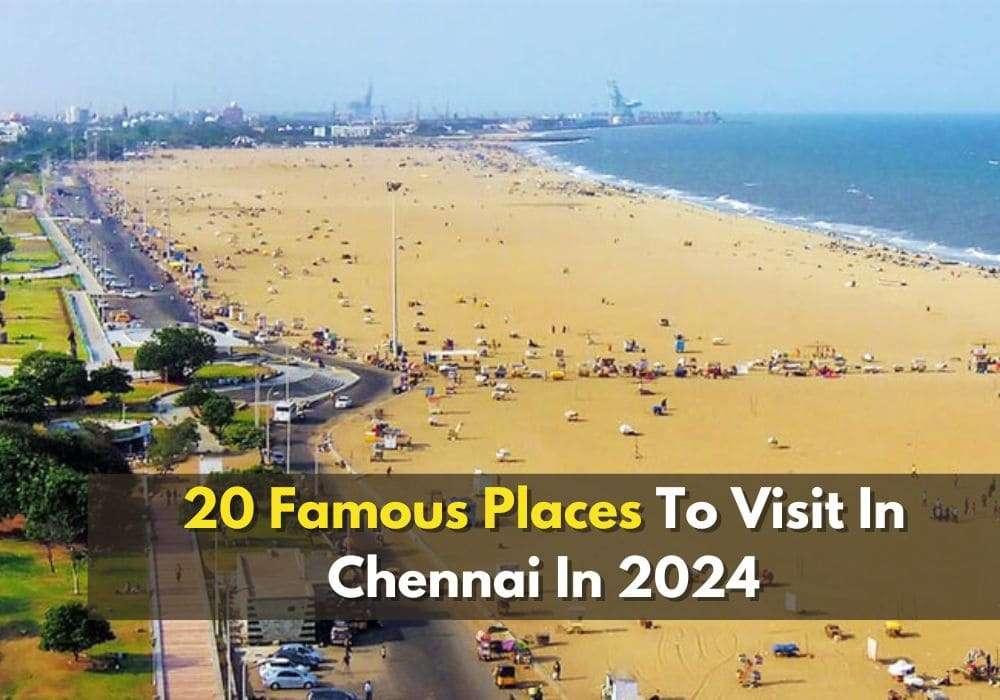
Best Places to Visit in Chennai - Top Tourist Spots to Explore
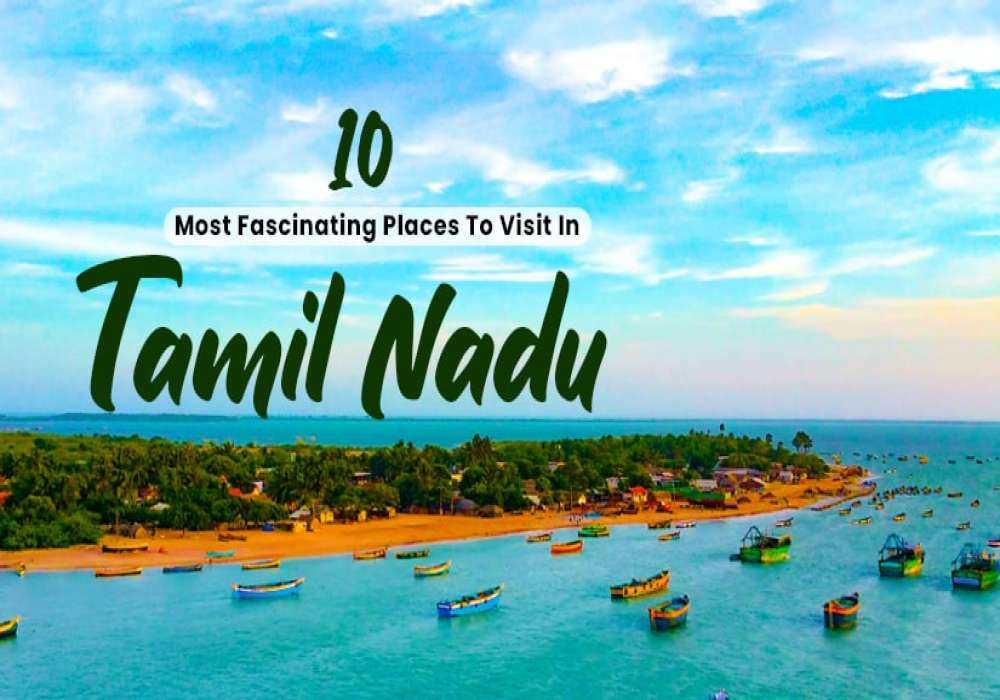
10 Best Tourist Places To Visit In Tamil Nadu 2025
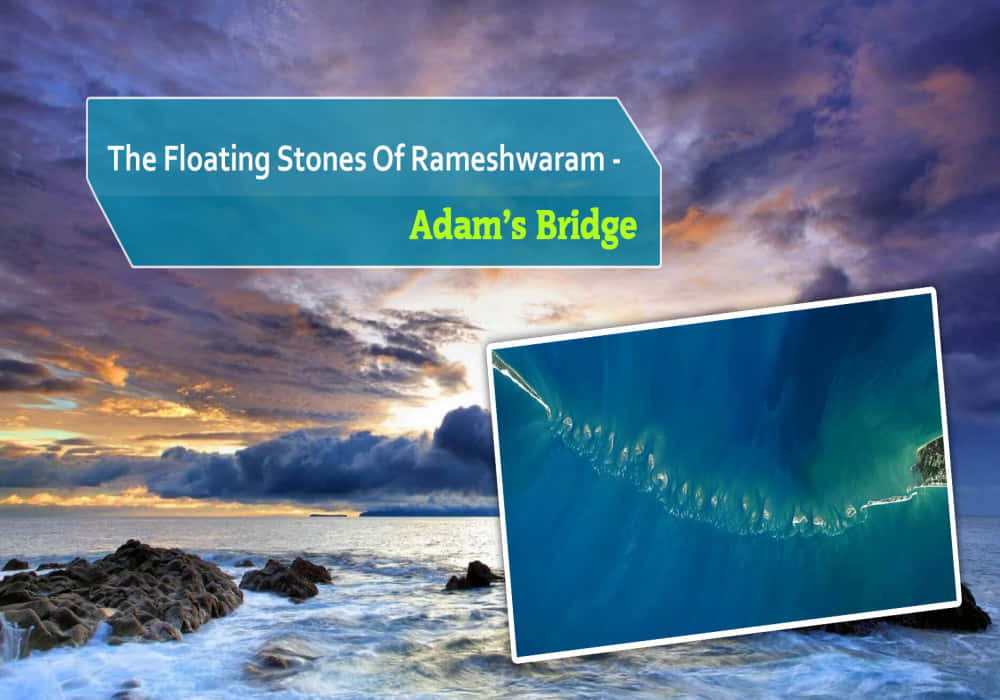
The Floating Stones In Rameshwaram - Ram Setu

15 Famous Food of Tamil Nadu 2025

Happy Tamil New Year 2025 Wishes and Quotes for Everyone
Nearby Stays
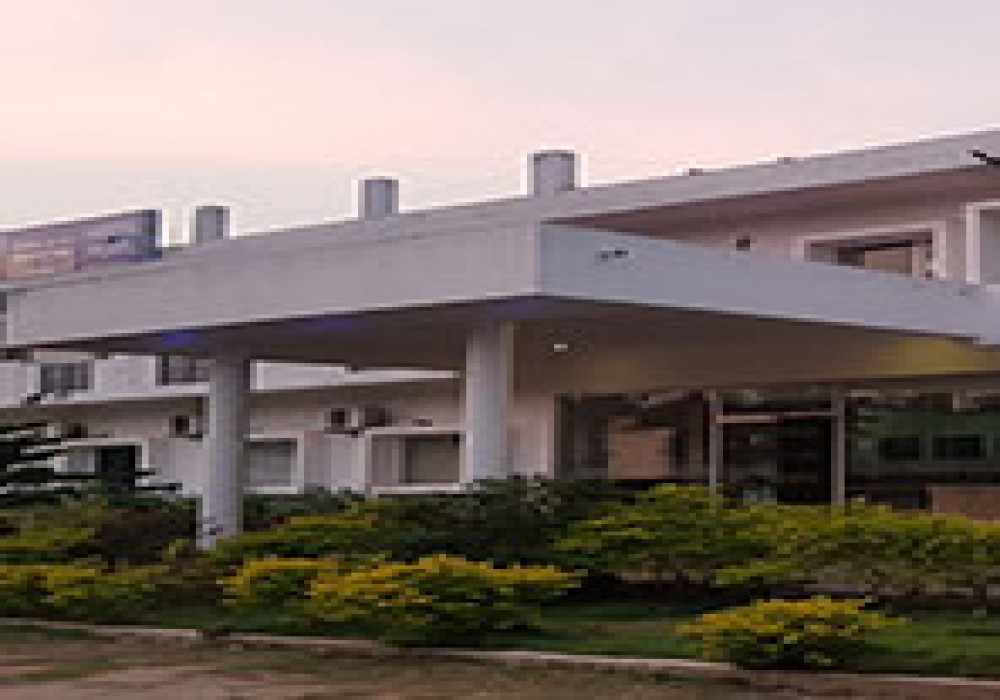
Hotel Pearl Residency
Railway Feeder Rd, Rameswaram, Tamil Nadu 623526
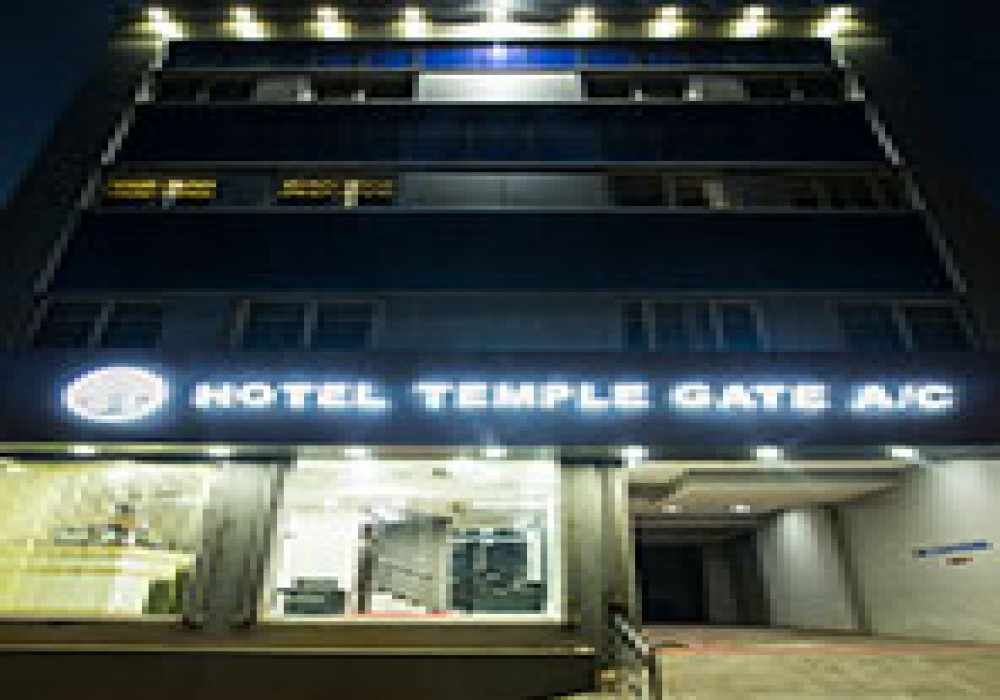
Hotel Temple Gate
No 1/5, Siddivinayaka Kovil Street, Near Indian Ba...
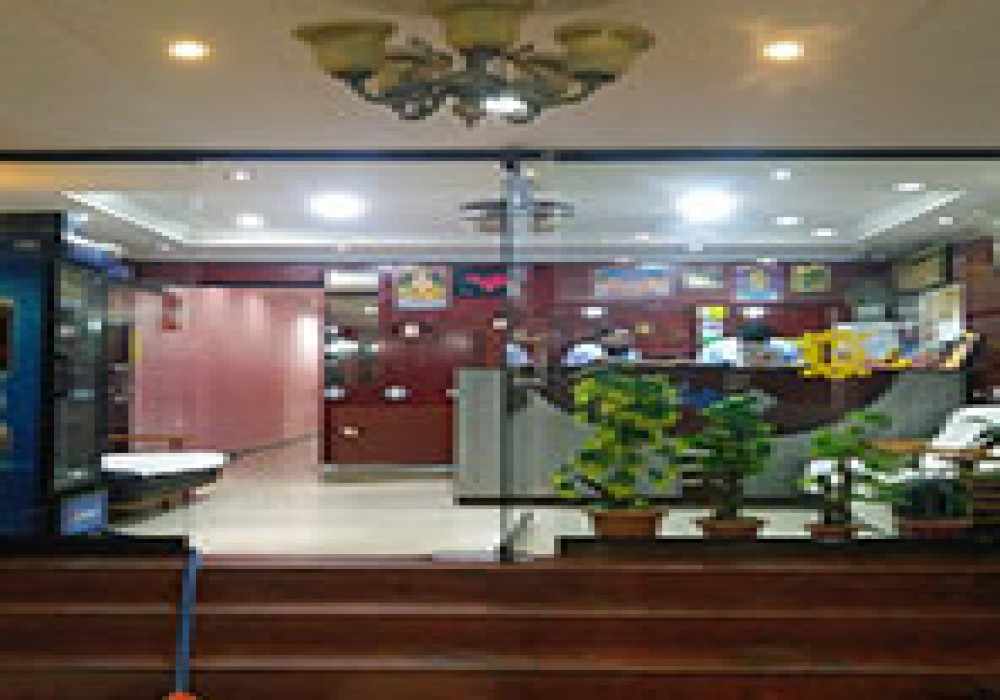
Hotel Harish
No 2/7, East Bazzar Street, Ramanathapuram, Ramesw...
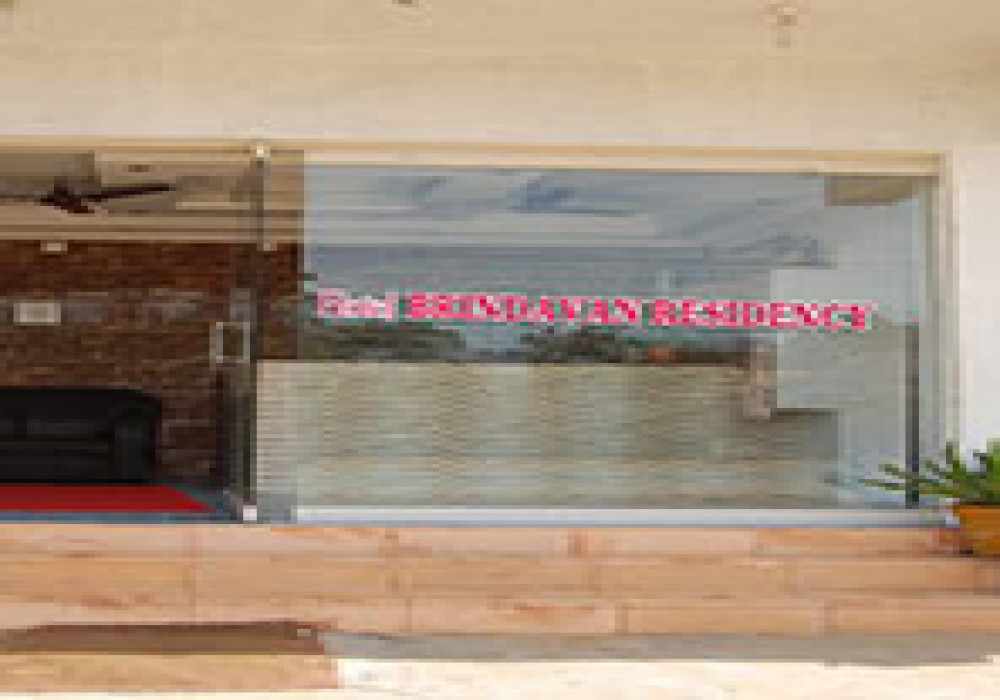
Hotel Brindavan Residency
21/26-A1, Agasthiyar Theertham St Near Agni Theert...
